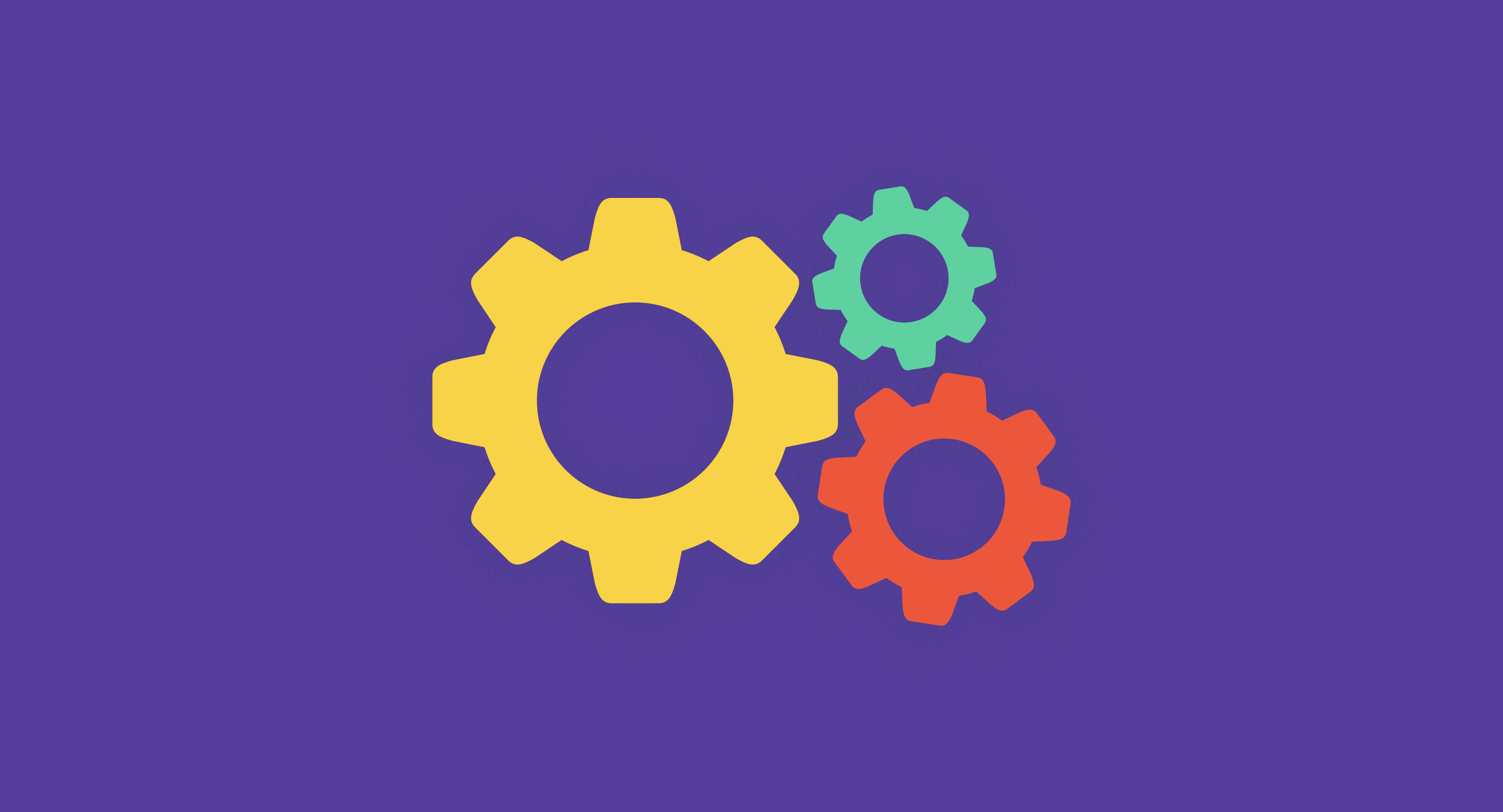January 22, 2021
by Rajendra Roul / January 22, 2021

Enterprise resource planning (ERP) solution is a key requirement for every business process. These solutions are widely used in organizations to plan and manage various manufacturing, financial, supply chain, and other core processes.
Starting back in 1992, the ERP system was developed by IBM Engineers, and now with time, it has been a part of the intensely competitive market. Its integration with cloud computation has made a remarkable change to business function making it easy to use.
It's quite confusing for any organization to decide the best ERP that can fulfill its purpose. As there are varieties of ERP solutions available in the marketplace, one should know how to choose the perfect one and use it correctly.
This article will guide you with the essential ERP statistics that will help you make your organization's best decision.
Earlier ERP systems were intended only for large scale manufacturing companies for maintaining their processes at ease. But now, ERP systems are essential for all types of organizations. Along with large scale organizations, small and mid scaled firms are also looking for ERP solutions to manage their operations. The ERP general statistics show the global demand for ERP systems in the current market scenario.
Successful ERP implementation requires proper alignment of system requirements, user training, cost, and change management within the organization. It is obvious to face challenges in the early stage due to the change in the process. But working with it will simplify your process and make you feel easier. The ERP implementation statistics will help you learn the market trends for adapting it quickly and effectively.
of organizations moved out of their legacy system to advanced ERP in 2019-2020..
Source: Hubspot
ERP usage varies with different organizations. This is due to the differences in practices and processes followed in various organizations. However, everyone needs a base idea about its performance and if it is worth using. The ERP usage statistics will help you know the trends much required to use your ERP effectively and check if you are not falling behind.
Not sure where to start? Compare the market leaders in our roundup of the 10 Best ERP Systems for 2025.
Cloud technology is disrupting traditional software systems. The ERP system is also getting affected equally. The cloud-based software is transforming rapidly and helping organizations in boosting efficiency and providing on-demand service. It is more affordable, easy to install, and doesn't require a complex IT infrastructure. With this quick up-gradation in the software market, the cloud technology trends have affected the ERP market in making the software handier and effective.
There are various challenges seen with ERP systems that might force the organizations towards switching it. The general problem with ERP happens when you do not choose the right software for your organization. This ultimately leads you towards improper planning, high costs, and difficulties in functionality. Make sure you check the below statistics and choose your ERP system wisely.
Advanced ERP systems are making themselves simpler for users. At the same time, they are upgrading their technologies to provide more accurate data and customizable features for different sectors. Check this section to know the latest technologies implanted with ERP systems and how is it working for other organizations.
of developers believe that many ERP processes can be completely replaced by machine learning or AI.
Source: Evansdata
ERP software solutions are the key to handle all your business processes and help your team members land on the same page. Its transformation from old legacy systems to cloud-based applications are making the business process simpler and super productive. Now, with these statistics, you know the benefits and drawbacks of an ERP system and make the right decision accordingly.
Worried about your ERP implementation being a disaster? Check out are article on how to avoid an ERP implementation disaster.
Rajendra Roul is a Content Promotion Specialist at G2. He has a specialization in writing statistical articles and in off-site SEO. On flipping the coin, you can find him reading a book, traveling around, or chilling at a beach with some drinks.
Proper planning is the single biggest factor in whether your HubSpot implementation succeeds...
 by Yashwathy Marudhachalam
by Yashwathy Marudhachalam
NetSuite implementation is your top priority right now, but you know it’s no walk in the park.
 by Sagar Joshi
by Sagar Joshi
Enterprise AI agents have moved beyond experimentation. According to G2’s 2025 AI Agents...
 by Shruti Nair
by Shruti Nair
Proper planning is the single biggest factor in whether your HubSpot implementation succeeds...
 by Yashwathy Marudhachalam
by Yashwathy Marudhachalam
NetSuite implementation is your top priority right now, but you know it’s no walk in the park.
 by Sagar Joshi
by Sagar Joshi


